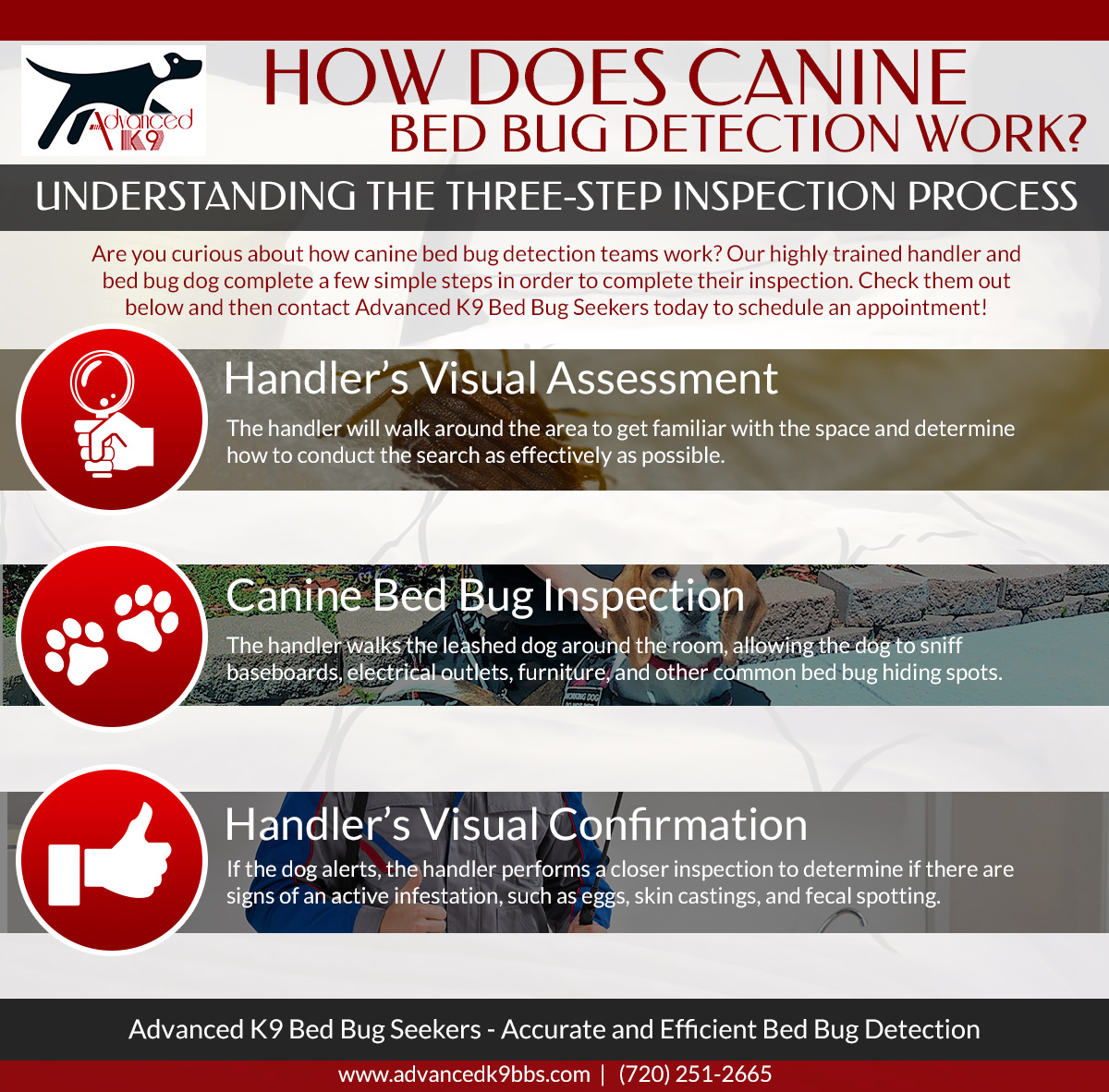5 Simple Techniques For Bed Bug Services
Table of ContentsGet This Report on Bed Bug ServicesThe Main Principles Of Bed Bug Services The 3-Minute Rule for Bed Bug ServicesBed Bug Services Can Be Fun For Anyone
A thorough bed bug inspection by experts is a meticulous process and demands careful attention. Bed bugs are small, elusive, and adept at hiding that often dwell in small hiding places in furniture and walls. Because of their secretive nature, detailed examination is necessary to determine the presence and extent of an infestation. Professional inspectors employ a range of techniques, tools, and expertise to detect bed bugs accurately, reducing the risk of escalation.The first step in the inspection process involves understanding bed bug biology and behavior. Bed bugs belong to the Cimicidae family and undergo a life cycle that includes eggs, nymph stages, and adulthood. Adults are typically small, oval-shaped, reddish-brown, wingless, and equipped with long legs and antennae. Their feeding apparatus injects anticoagulants while drawing blood, often causing red, itchy welts on hosts. Knowing these traits helps inspectors anticipate hiding spots.
Early detection is critical for preventing large infestations. Professionals look for specific indicators such as tiny ink-like droppings, molted skins, and egg clusters (Bed Bug Services). Even one female can produce dozens of eggs quickly, leading to rapid infestations if unchecked. Evidence of molted skins or eggshells indicates active infestation and demands thorough examination
Preparing for an inspection involves careful organization. Inspectors often recommend clearing clutter from treatment areas, which facilitates examination of hard-to-reach areas. Bedding and linens may be treated with heat before inspection, and then kept in plastic bags to maintain cleanliness. Wall decor, mirrors, and pictures are sometimes moved to inspect behind frames. Vacuuming furniture and floors may capture visible bugs and eggs, and vacuum bags should be emptied in a secure location.
The Facts About Bed Bug Services Uncovered
The inspection itself is systematic redirected here and thorough. Inspectors focus on sleeping areas like beds, headboards, and mattresses, paying attention to edges, seams, and potential hiding spots. Upholstered furniture, including seating furniture, is scrutinized to reveal any hidden pests. Baseboards, moldings, the edges of wall-to-wall carpeting, electrical outlets, closets, and storage areas are methodically checked, as these can be frequent hiding places.
Specialized tools help inspectors find hidden pests. Flashlights, magnifying lenses, multi-tools, and mirrors allow examination of tight spaces. Monitoring devices like interceptor traps or sticky pads help track bed bug activity over time. Some companies bring in canine teams, which detect even small infestations, distinguishing them from non-active traces.

Meticulous documentation is essential. Inspectors record the locations of evidence, severity of infestation, and treatment recommendations. This supports transparency and facilitates discussion with residents. check this site out Residents are often advised not to remove blood-stained sheets or vacuum infested areas, as this maintains inspection effectiveness.
After inspection, a monitoring plan may be implemented to verify infestations and observe trends. Continuous monitoring identifies surviving insects after treatment, and collecting feedback from occupants supplements physical inspection. Cooperation from residents ensures accuracy.
Excitement About Bed Bug Services

Professional inspections offer a higher level of accuracy than DIY attempts. Trained inspectors know what to look for and where, prevent misdiagnosis, and confirm the situation accurately.
Bed bug inspections are particularly important in high-risk environments. Inspectors examine adjacent units, common areas, and shared furniture to ensure the infestation is fully mapped (Bed Bug Services). This stops further spread
In summary, a professional bed bug inspection involves understanding bed bug biology, preparing the space, conducting systematic inspections, using Get More Info specialized tools, documenting findings, and implementing monitoring protocols. Each step contributes to accurate detection, effective treatment planning, and long-term prevention.
4 Easy Facts About Bed Bug Services Explained
